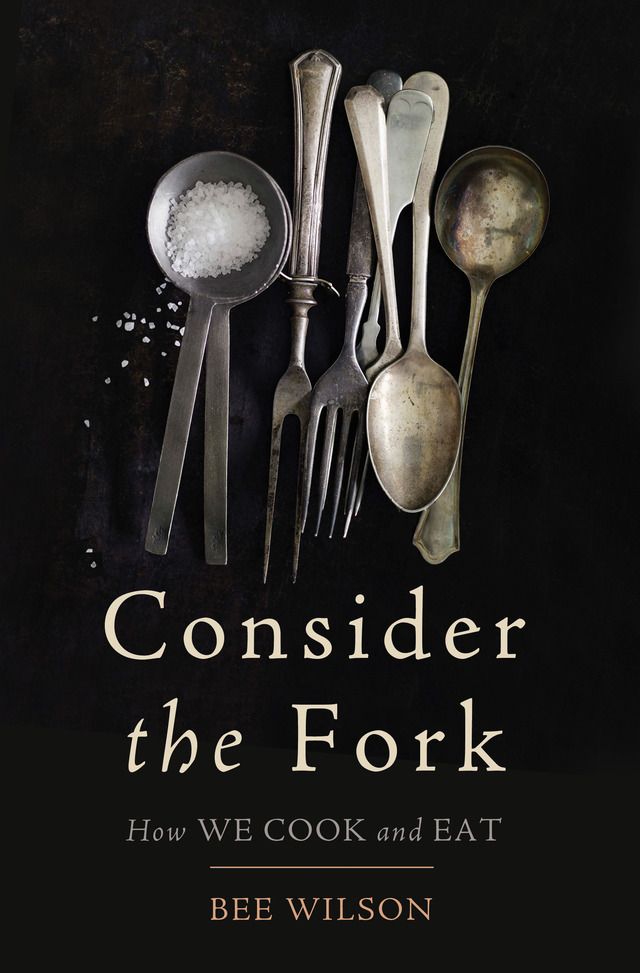On the design of everyday culinary things.

The kitchen is and always has been a place of tools. As such, there’s a lot software designers can learn via noting the history of culinary tool building. Namely that sometimes, innovation isn’t necessary, and when it isn’t, a designer’s best efforts are fruitless.
There are certain tools that humans got right the first time: the wooden spoon; the mortar and pestle; the cast iron skillet.
No matter how hard we try to create better, more efficient tools to replace them (Teflon in lieu of cast iron, for example), some things are so good at addressing a human need that they are beyond improvement. There is no gulf of execution or gulf of evaluation (per Donald Norman) that need to be rectified. Consequently, sometimes the best innovation is none at all.
In her review of Consider the Fork: A History of How We Cook and Eat, book critic Nora Caplan-Bricker writes:
Wilson’s approach makes for a book that meanders from one digression to the next, gathering thematic weight as it goes, rather than building to a point. The book is densely, prodigiously researched, but its bright tone is less the scholar’s than the enthusiast’s. The reader can imagine her, utensil in hand, exhorting us: Consider! (At one point she does, indeed, consider the fork—a relatively new tool, as it turns out.) She rhapsodizes about the humble as well as the grand; she spends more pages dissecting the intricacies of egg-beating technology than she does lauding the invention of the gas-powered stove.